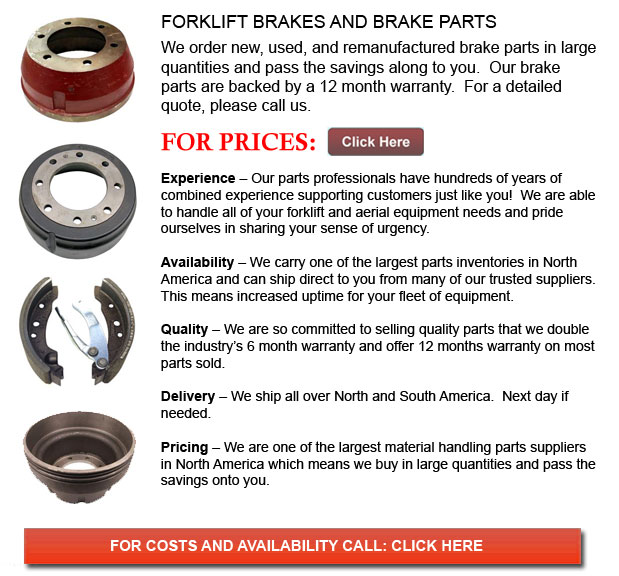
Forklift Brake - A brake where the friction is provided by a set of brake shoes or brake pads that press against a rotating drum shaped unit referred to as a brake drum. There are some specific differences among brake drum kinds. A "brake drum" is usually the explanation given if shoes press on the inner outside of the drum. A "clasp brake" is the term utilized to describe whenever shoes press against the outside of the drum. Another kind of brake, known as a "band brake" uses a flexible belt or band to wrap around the exterior of the drum. Whenever the drum is pinched in between two shoes, it can be known as a "pinch brake drum." Like a typical disc brake, these types of brakes are somewhat uncommon.
Old brake drums, previous to 1955, needed to be consistently adjusted in order to compensate for wear of the shoe and drum. "Low pedal" can result if the needed adjustments are not carried out sufficiently. The vehicle can become dangerous and the brakes could become useless when low pedal is mixed with brake fade.
There are various Self Adjusting Brake Systems available, and they could be categorized within two major kinds, RAD and RAI. RAI systems have inbuilt tools which avoid the systems to be able to recover if the brake is overheating. The most recognized RAI manufacturers are Bendix, Lucas, Bosch and AP. The most well-known RAD systems consist of Bendix, Ford recovery systems, Volkswagen, VAG and AP.
Self-repositioning brakes normally use a tool which engages only when the vehicle is being stopped from reverse motion. This stopping technique is satisfactory for use where all wheels use brake drums. Nearly all vehicles now utilize disc brakes on the front wheels. By functioning only in reverse it is less possible that the brakes would be adjusted while hot and the brake drums are expanded. If adapted while hot, "dragging brakes" could take place, which raises fuel intake and accelerates wear. A ratchet mechanism which becomes engaged as the hand brake is set is one more way the self adjusting brakes can operate. This means is just appropriate in functions where rear brake drums are utilized. If the parking or emergency brake actuator lever exceeds a certain amount of travel, the ratchet developments an adjuster screw and the brake shoes move in the direction of the drum.
Located at the bottom of the drum sits the manual adjustment knob. It can be tweaked utilizing the hole on the opposite side of the wheel. You will have to go underneath the vehicle along with a flathead screwdriver. It is very important to adjust each and every wheel evenly and to be able to move the click wheel correctly for the reason that an uneven adjustment may pull the vehicle one side during heavy braking. The most effective method to make certain this tedious job is completed safely is to either raise each and every wheel off the ground and spin it manually while measuring how much force it takes and feeling if the shoes are dragging, or give every\each and every one the same amount of clicks using the hand and then do a road test.
![]() Click to Download the pdf
Click to Download the pdf
Forklift Parts
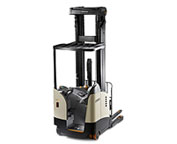
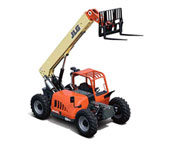
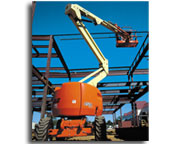
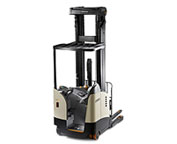
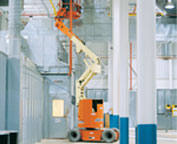
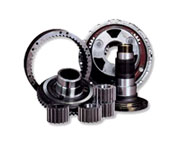

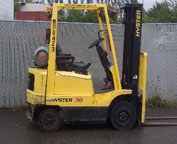
Lift Parts Express
TOLL FREE: 1-888-695-7994
Beaumont, Texas
forkliftpartsbeaumont.com
Email Us
About Us


